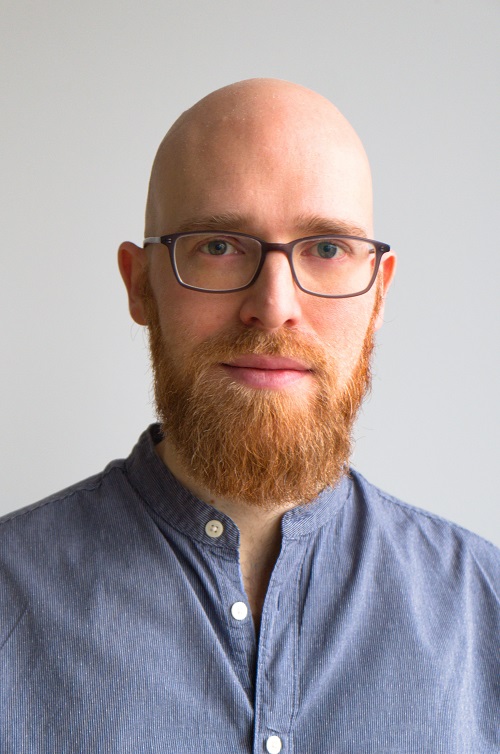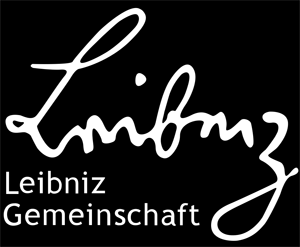Michael Schneider received the award for his important contributions in three distinct areas pertaining to diffraction experiments with soft x-rays at European XFEL.
X-ray pulses delivered by x-ray free-electron lasers are typically focused to a few-micrometer size in order to achieve extreme x-ray intensities at the sample inside the scientific instrument. In his PhD work, Michael Schneider developed an approach to monitor the beam footprint on a solid transmission sample in a diffraction experiment. In essence, along with the diffraction pattern from a sample of interest captured on a 2D detector, his approach allows to simultaneously record an image of the spatial intensity distribution of an x-ray pulse on the sample giving rise to that particular diffraction pattern. This approach allows quantitative studies of effects arising at very high x-ray intensities in diffraction experiments. As an easy to use stand-alone tool, his “curved grating monitor” approach is now routinely used to image and optimize the focal spot at soft x-ray beamlines at various synchrotron radiation sources and free electron lasers world-wide, including the Spectroscopy and Coherent Scattering (SCS) instrument at European XFEL.

